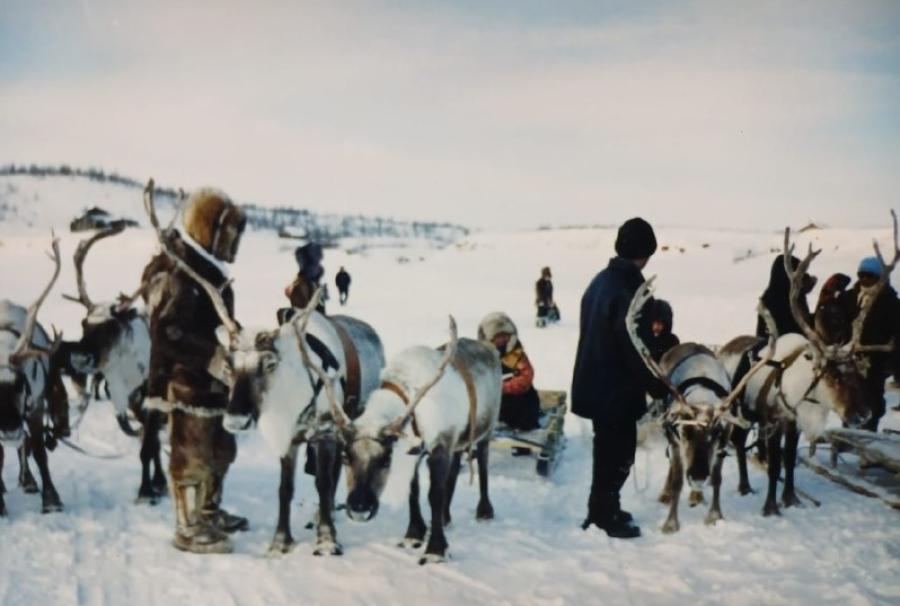The 1997 creation of the World Wildlife Fund-Sakha Resource Reserve (Cheroda) was a major territorial initiative that continues to challenge the Evenkis of Olekma County, Sakha Republic. Such an event is not without precedent. In 1984, the Olekma Zapovednik was established in the southeast corner of the county, encompassing 847,102 hectares (five percent of the county’s territory).1 A zapovednik is the strictest form of nature protection in Russia; it restricts human activities to nature protection and limited scientific research. The creation of the Olekma Zapovednik was a response to a decimated sable population, but its area included not only important fur-hunting grounds but also significant reindeer pasture, game-hunting areas, haying meadows, and ancestral burial grounds. The local population responded negatively. For them, the initiative’s perceived problems outweighed any gains, and the indigenous population seemed likely to bear the brunt of the costs.
Today locals and Evenki hunters have mixed views regarding the 1984 zapovednik. While it is now recognized as an important breeding ground for sable, which may be hunted once they leave the zapovednik boundaries, it is also perceived as a nursery for wolves that decimate the domesticated reindeer herds. The local population has rallied for withdrawing the northern boundary by some 15 kilometers, in order to allow for a greater area for hunting.
Against this backdrop, local concerns about the new protected area in the southern part of Olekma County are not surprising. Following a 1994 edict by Sakha Republic’s then-President Nikolaev that called for increasing protected areas in the republic, plans were drawn up for siting a nearly 1.4 million-hectare protected area in the Cheroda River basin. While the local population of Tyanya was allegedly consulted prior to the establishment of the reserve, one local characterized this exercise as follows in an August 1999 interview: “There was a meeting in town. About 10 elderly folks showed up—and no one with any authority over that land base. They were talked to in ‘pretty words’ and then asked to vote in favor of the reserve. And they did so. This was the so-called consultative process.”
The World Wildlife Fund (WWF) financed the creation of the Cheroda reserve. According to the WWF’s description of the area, it consists of two zones: one “of absolute peace,” where only activities involving preservation and scientific study are allowed, and one of “traditional nature use,” where the local population may pursue such traditional activities as hunting, fishing, and gathering berries.
The reserve has especially upset villagers who now have difficulty accessing needed resources. Some told stories of being stopped at the reserve’s cordon by Russian guards who refused to allow them to hunt, fish, or even enter the reserve—even the designated zone of traditional use. “The WWF reserve is an excellent idea on paper,” said one resident of Tyanya in August 1999. “However, there are problems with its realization—in theory you can fish and gather berries there, but not in practice.” Others discounted these complaints as isolated events based on misunderstandings. These experiences underscore the problematic nature of protected areas for indigenous peoples; rights of access to natural resources may be enhanced and protected—or eroded and restricted—depending on both the legal definition of the area and its day-to-day management.
1. Olekminskiy zapovednik. Informational brochure published for Ministry of Ecology and Nature Use of the Republic of Sakha (Yakutia).



